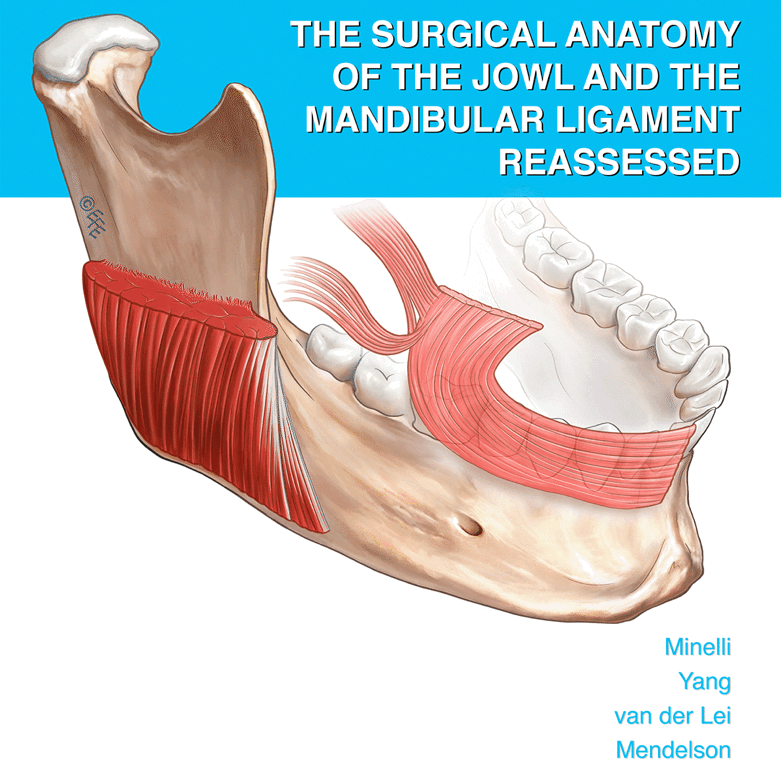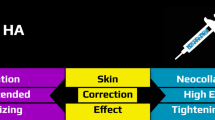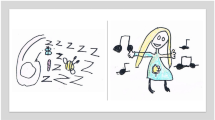Abstract
Purpose
Cartilage conduction hearing aids (CC-HAs) are novel hearing aids using the third hearing pathway of cartilage conduction. We assessed the efficacy of CC-HAs in adult hearing-loss patients who had various anatomical conditions of their ear canal(s) and determined who are good candidates for CC-HAs.
Methods
Patients (n = 37) were categorised into three groups of participants based on ear canal anatomy: (1) canal stenosis; (2) abnormal canal; (3) normal canal. After a 1-month free trial of normal usage, CC-HA-aided and unaided hearing thresholds (43 fitted ears) were determined using standard audiograms, after which participants could choose to purchase the device or not. Group and subgroup purchase rates were calculated along with the purchase reason (or not). Subgroup binary analysis of purchase rates was done according to hearing loss severity (< 70 dB and ≥ 70 dB) of unaided average air conduction (AC) hearing thresholds.
Results
CC-HA provided hearing improvements in all frequencies within each group. Overall, 60.47% of participants purchased a CC-HA after the trial. Over 70% participants with canal stenosis purchased CC-HAs, regardless of their AC hearing thresholds (severe vs. mild), and significantly more mild-loss participants in the abnormal canal group purchased their trial CC-HA compared to severe-loss participants (85.71% vs. 20%).
Conclusion
Adult patients with ear canal stenosis or closure are the best candidates for CC-HAs, regardless of their hearing thresholds. Patients with more severe hearing loss accompanied by ear canal anomalies and patients with normal canal anatomy may not be good candidates.





Similar content being viewed by others
References
Hosoi H (2004) Approach in the use of cartilage conduction speaker. Japanese patent number 4541111, 17
Nishimura T, Hosoi H, Saito O, Miyamae R, Shimokura R, Matsui T, Yamanaka T, Levitt H (2014) Is cartilage conduction classified into air or bone conduction? Laryngoscope 124(5):1214–1219. https://doi.org/10.1002/lary.24485
Nishimura T, Hosoi H, Saito O, Miyamae R, Shimokura R, Yamanaka T, Kitahara T, Levitt H (2015) Cartilage conduction is characterized by vibrations of the cartilaginous portion of the ear canal. PLoS ONE 10(3):e0120135. https://doi.org/10.1371/journal.pone.0120135
Hosoi H (2020) Cartilage conduction hearing aids: the third pathway for sound transmission and its application. ENT and audiology news. https://www.entandaudiologynews.com/features/audiology-features/post/cartilage-conduction-hearing-aids-the-third-pathway-for-sound-transmission-and-its-application. Accessed 26 May 2020
Nishimura T, Hosoi H, Saito O, Miyamae R, Shimokura R, Matsui T, Iwakura T (2013) Benefit of a new hearing device utilizing cartilage conduction. Auris Nasus Larynx 40(5):440–446. https://doi.org/10.1016/j.anl.2012.12.003
Nishimura T, Hosoi H, Saito O, Miyamae R, Shimokura R, Matsui T, Yamanaka T, Kitahara T, Levitt H (2015) Cartilage conduction efficiently generates airborne sound in the ear canal. Auris Nasus Larynx 42(1):15–19. https://doi.org/10.1016/j.anl.2014.08.001
Nishimura T, Hosoi H, Saito O, Shimokura R, Yamanaka T, Kitahara T (2018) Cartilage conduction hearing aids for severe conduction hearing loss. Otol Neurotol 39(1):65–72. https://doi.org/10.1097/mao.0000000000001644
Morimoto C, Nishimura T, Hosoi H, Saito O, Fukuda F, Shimokura R, Yamanaka T (2014) Sound transmission by cartilage conduction in ear with fibrotic aural atresia. J Rehabil Res Dev 51(2):325–332. https://doi.org/10.1682/jrrd.2013.05.0128
Shimokura R, Hosoi H, Nishimura T, Yamanaka T, Levitt H (2014) Cartilage conduction hearing. J Acoust Soc Am 135(4):1959–1966. https://doi.org/10.1121/1.4868372
Thomas JP, Voelter C, Neumann K, Dazert S (2017) Vibroplasty in severe congenital or acquired meatal stenosis by coupling an active middle ear implant to the short process of the incus. Otol Neurotol 38(7):996–1004. https://doi.org/10.1097/mao.0000000000001459
Lin J, Chen S, Zhang H, Xiong H, Zhang Z, Liang M, Zhang X, Ye H, Zheng Y (2019) Application of implantable hearing aids and bone conduction implant system in patients with bilateral congenital deformation of the external and middle ear. Int J Pediatr Otorhinolaryngol 119:89–95. https://doi.org/10.1016/j.ijporl.2018.12.025
Weiss R, Loth A, Leinung M, Balster S, Hirth D, Stöver T, Helbig S, Kramer S (2020) A new adhesive bone conduction hearing system as a treatment option for transient hearing loss after middle ear surgery. Eur Arch Otorhinolaryngol 277(3):751–759. https://doi.org/10.1007/s00405-019-05769-y
Scollie S, Seewald R, Cornelisse L, Moodie S, Bagatto M, Laurnagaray D, Beaulac S, Pumford J (2005) The desired sensation level multistage input/output algorithm. Trends amplif 9(4):159–197. https://doi.org/10.1177/108471380500900403
World Medical Association declaration of Helsinki (1997) Recommendations guiding physicians in biomedical research involving human subjects. JAMA 277(11):925–926
Ministry of Health, Labour and Welfare (2015) Ethical guidelines for medical and health research involving human subjects provisional translation. https://www.mhlw.go.jp/file/06-Seisakujouhou-10600000-Daijinkanboukouseikagakuka/0000080278.pdf. Accessed 26 May 2020
Hosoi H, Nishimura T, Shimokura R, Kitahara T (2019) Cartilage conduction as the third pathway for sound transmission. Auris Nasus Larynx 46(2):151–159. https://doi.org/10.1016/j.anl.2019.01.005
Fontaine N, Hemar P, Schultz P, Charpiot A, Debry C (2014) BAHA implant: implantation technique and complications. Eur Ann Otorhinolaryngol Head Neck Dis 131(1):69–74. https://doi.org/10.1016/j.anorl.2012.10.006
Steinmetz C, Mader I, Arndt S, Aschendorff A, Laszig R, Hassepass F (2014) MRI artefacts after Bonebridge implantation. Eur Arch Otorhinolaryngol 271(7):2079–2082. https://doi.org/10.1007/s00405-014-3001-y
Ernst A, Todt I, Wagner J (2016) Safety and effectiveness of the Vibrant Soundbridge in treating conductive and mixed hearing loss: a systematic review. Laryngoscope 126(6):1451–1457. https://doi.org/10.1002/lary.25670
Moteki H, Kitoh R, Usami SI (2020) The availability of an adhesive bone conduction hearing device: a preliminary report of a single-center experience. Acta Otolaryngol. https://doi.org/10.1080/00016489.2019.1708969
Author information
Authors and Affiliations
Corresponding author
Ethics declarations
Conflict of interest
The authors have no conflicts of interest and funding to disclose.
Additional information
Publisher's Note
Springer Nature remains neutral with regard to jurisdictional claims in published maps and institutional affiliations.
Rights and permissions
About this article
Cite this article
Nishiyama, T., Oishi, N. & Ogawa, K. Who are good adult candidates for cartilage conduction hearing aids?. Eur Arch Otorhinolaryngol 278, 1789–1798 (2021). https://doi.org/10.1007/s00405-020-06255-6
Received:
Accepted:
Published:
Issue Date:
DOI: https://doi.org/10.1007/s00405-020-06255-6




